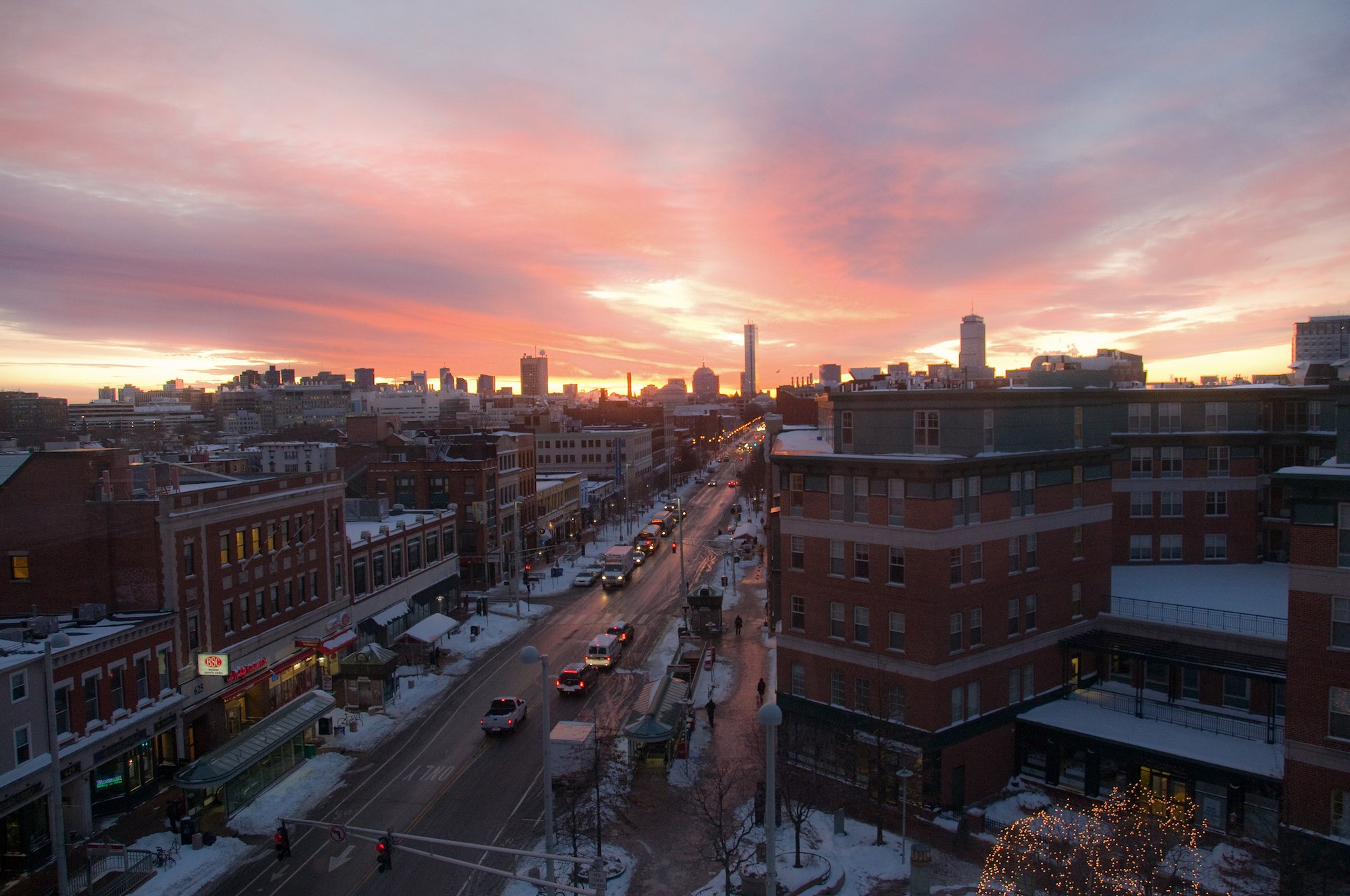The City of Cambridge, Mass., recently mandated that all non-residential buildings—including existing structures—larger than 100,000 sf meet a net-zero emissions requirement by 2035.
In a news release, Cambridge says it is “the first known city in the country” to enact a 2035 deadline for net zero. Mid-size buildings, defined as 100,000 sf or smaller, will have to reach net zero by 2050.
Buildings covered under the new law can continue to burn fossil fuels on site if owners purchase verified carbon credits, but only until 2050, and only to offset limited amounts of emissions. Building owners must eventually use renewable energy, either by investing in solar panels or purchasing a contract for renewable energy.
Cambridge has 314 buildings facing the 2035 net-zero deadline. “The City is committed to supporting Cambridge property owners with robust technical assistance and connections to incentives and moving forward together with this challenging yet absolutely critical work,” the news release says.
Cambridge will use a separate process to develop regulations to reduce greenhouse gas emissions in residential buildings.
Related Stories
Codes and Standards | Mar 15, 2017
Energy Star program at risk
The standard-setting initiative for energy-efficient products may be a victim of Trump budget cuts.
Codes and Standards | Mar 14, 2017
Timber Innovation Act to promote tall wood buildings introduced in Congress
The measure has bipartisan support.
Codes and Standards | Mar 13, 2017
U.S. House and Senate have voted to repeal Dept. of Labor’s 'blacklisting' rule
The rule mandates labor compliance review for federal construction contractors.
Codes and Standards | Mar 9, 2017
WiredScore forms Connectivity Advisory Committee
The committee's creation is an important step forward for the group that evaluates internet connectivity in buildings.
Codes and Standards | Mar 8, 2017
New guide examines multifamily high-performance ventilation
The focus is on cost and performance of various systems.
Codes and Standards | Mar 7, 2017
Canada’s national building codes will encompass effects of climate change
Forecasted data, not historical data, will be used as the basis for the codes.
Codes and Standards | Mar 6, 2017
ConsensusDocs updates standard short contract editions
The updates address industry changes impacting insurance, legal, technology, and terminology.
Codes and Standards | Mar 3, 2017
ASCE updates standard for structures using tensile membrane
The new sstandard combines guidelines for conventional tensile membrane structures with frame-covered membrane structures.
Codes and Standards | Mar 1, 2017
EPA's 2017 Construction General Permit now in effect
The regulation governs compliance with effluent limits.
Codes and Standards | Feb 28, 2017
Concern grows for high tide flood vulnerability in Mid-Atlantic states
Washington, D.C., and Annapolis, Md., could flood every three days by 2045.

















